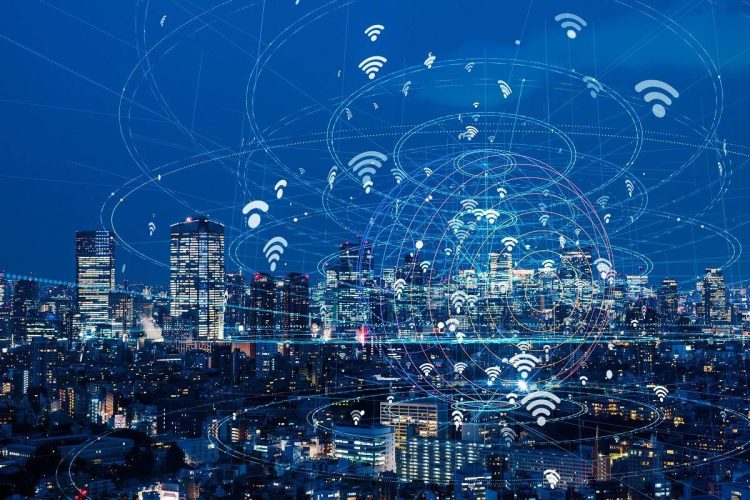The Smart City Revolution In The Era Of AI, Blockchain And Big Data

Categories :
“A smart city is an intelligent town that provides enormous possibilities for human growth through art, culture, social, architectural, economic, political, environmental, and scientific flowering with the optimal mix of nature, technology, humanity, and arts.” ― Amit Ray, Peace Bliss Beauty and Truth: Living with Positivity
More than half of the world population live in cities, and a total of 6 billion people is expected to do that by 2045. Cities in both developed and developing countries face a common challenge: how to use digital technologies to respond to citizens’ demands for better quality living environments in a more efficient and dynamic manner, and create more efficient commercial environments.
Government bodies face the urgency to adapt all new 4IR technologies at the service of their cities. And that is a massive task given the complexity of the current digital world. All these technologies have to work together to maximize the impact as well as position the cities at the forefront of the technology race.
But building a smart city of the future requires a joint effort across multiple entities and work towards the same objective. Cities aren’t perennial objects but a rather organic entity: they breath and evolve over time. The “smart” part of a city would mean to build a “nervous system” based on Big Data, AI, IoT, Cloud computing, 5G and all the other 4IR tech to make those cities to perceive, think, self-learn and grow.
That, at least, is how Yu Dong, President of the Industry Marketing and Solution Department of Huawei Enterprise Business Group describes these cities. "Huawei believes the primary driver of Smart City development is to offer more benefits and higher efficiency to citizens and businesses. Huawei regards a city as an organic being and strives to build the city nervous system that will enable the city to perceive, think, self-learn and grow.
We have consolidated the core elements required for smart city development to build our Digital Platform, which can aggregate the diverse resources of the city and connect all facilities and city applications to make efficient use of the data available. Artificial intelligence (AI) capabilities have been added to Huawei’s Digital Platform following the announcement of our full-stack, all-scenario AI solution, and this will dramatically accelerate innovation for smart city development. Global smart city construction signals the advent of a platform-based era. Huawei will continue to build digital platforms to help more smart cities achieve true digitalization," Yu Dong recently said.
How 4IR technologies, including AI, blockchain, IoT, can change and improve cities
By rethinking the purpose of public services and how they function, urban planners are bringing outdated services into the 21st century. These initiatives work in many ways, including providing all citizens with broadband Internet, utilizing energy resources wisely, optimizing traffic flow, revitalizing neighborhoods, streamlining waste removal and even organizing parking spaces in busy areas.
These ideas are spreading rapidly, as more cities and towns feel compelled to improve their infrastructure. According to a 2014 report from IHS, there will be at least 88 smart cities across the globe by 2025, a sharp spike from just 21 in 2013. Investment in smart civic projects, which reached just over $1 billion in 2013, will soar past $12 billion through 2025.










